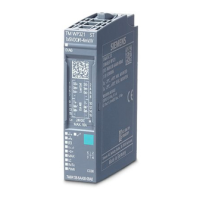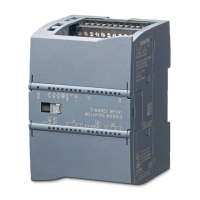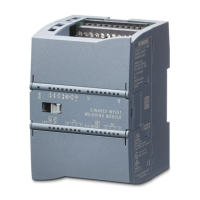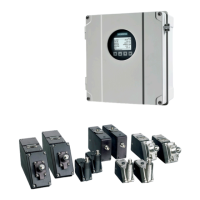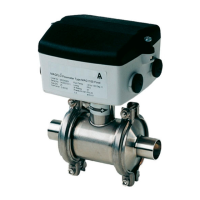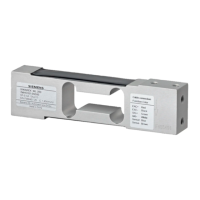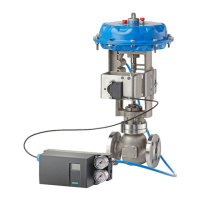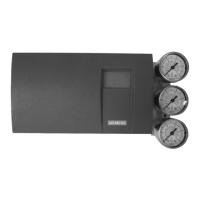SIPART PS2 with and without HART
Operating Instructions, 10/2013, A5E00074631-11
277
A signal type which represents data using continuously varying, measurable and physical
quantities, e.g. current or voltage. Opposite to digital. The range between 4 and 20 mA is
often used to transfer analog signals.
Analog-to-digital converter
An analog-to-digital converter is an interface between the analog environment and the
digitally working computers. Only then can the computers be used for measurement and
control tasks.
Analog-to-digital converters convert analog input signals to digital signals. Analog
measurement data is thus converted into digital information. On the other hand, a digital-to-
analog converter coverts digital information into analog signals.
Asset Management Solution (AMS)
Software package by Emerson Process. The AMS Device Manager, which is somewhat
similar to the PDM, is a part of the package.
ATEX is the abbreviation of the French term "Atmosphère explosible". ATEX stands for both
the directives of the European Community for the field of explosion protection: the ATEX
product directive 94/9/EC and the ATEX operation directive 1999/92/EC.
Auxiliary voltage is an electric supply or reference voltage that is required by many electric
circuits in addition to the standard supply. The auxiliary voltage can be extremely stabilized,
have a specific level or polarity and/or other properties having decisive significance for the
correct functioning of parts in the circuit. Auxiliary voltage is used, for example, with four-wire
systems.
A piping system for the American market, wherein the electric and pneumatic lines are
protected by a casing.
See parameter assignment.
